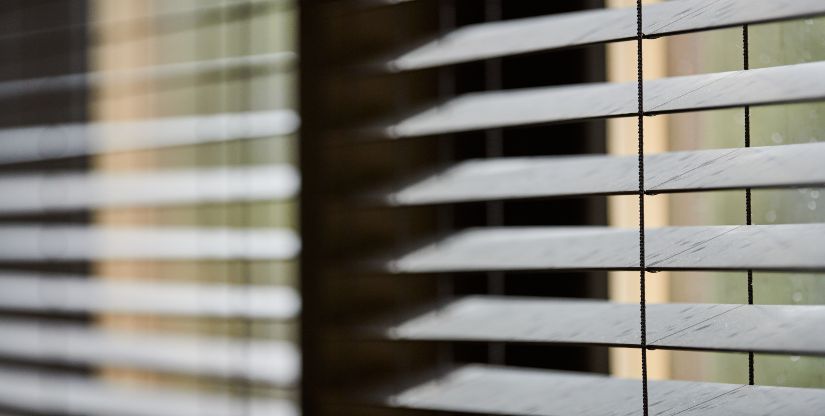Curtain linings are an important but often overlooked part of your window coverings.
Apart from bringing a certain fullness to the overall appearance of curtains, they protect its fabric from fading and act as an insulator. But their functional benefits depend on the type you choose.
With so many options available, choosing the right curtain lining may feel overwhelming. Your best bet is to go through the features of each before deciding.
This list of different types of curtain linings should help you make an informed decision.
What Are the Different Types? And How Do You Choose the Right One?
Curtain linings come in a variety of materials, each with distinct features. It’s important to learn about each type so you can select the best one for your windows.
Polycotton Lining
Standard curtain lining is made with a blend of cotton and polyester called polycotton. Generally available in white and cream colours, polycotton linings improve the drape of your curtains, creating a more substantial, fuller look. The manufacturing process of this fabric ensures that the product offers the best of both fibres. Since they’re made with cotton, they’re ideal for warm weather as they allow air to pass through; the polyester ensures insulation, durability and mould resistance. Polycotton is also less prone to wrinkles and is great at retaining its shape and colour.
If left untreated for flammability, however, it can easily melt. So, it’s advisable to avoid using them in the kitchen or near fireplaces.
Blackout Lining
As the name suggests, the fabric of this type of curtain lining will not let light pass through. This is thanks to a coating that blocks the tiny pores in the weave. The material is thick and offers thermal insulation and noise reduction but doesn’t make the lining stiff or unyielding.
This type of curtain lining is an excellent choice if you want to improve the privacy offered by your existing window treatments. It’s ideal for use in bedrooms where you’re disturbed by the sunshine peeking in through your curtains. Plus, complete control over incoming light will help protect your furniture and carpet from the fading effects of the sun.
Thermal lining is made with regular cotton, polyester or wool coated with acrylic foam or a thin layer of aluminum on one side to give it insulating properties. It’s an effective way to keep heat in and cold air out in winter, thus helping you save on energy bills. This insulating layer doesn’t make the lining thicker, though. Thermal linings are only a fraction of a millimeter thicker than standard ones, thanks to modern production methods.
Thermal Lining
This type of lining also retains air-conditioned air in summer so a comfortable temperature is maintained inside your home at all times. Plus, it helps curtains or drapes hang better, with less wrinkling and a fuller, more finished appearance.
Interlining
If you have a lightweight curtain such as sheer or taffeta, interlining is the best way to add fullness to your window treatment. The fabric is usually 100% napped cotton or a blend of polyester, viscose and cotton.
It has an additional layer of fabric in between the lining and face fabric, thus providing rounded pleats and a sumptuous appearance. They work well with larger windows to create a high-quality finish as they add volume to the curtains.
So, if you want to give a grand, period look to your windows in a traditionally decorated room, interlining curtains are a good idea. As far as contemporary looks are concerned, interlining can also be paired with roman blinds to make a statement.
The one disadvantage of interlining is that it needs to be dry cleaned.
Polycotton Sateen Twill Lining
This lining fabric is made from a polyester and cotton blend with a soft sheen twill finish. Available in a wide range of widths, it’s generally used to line curtains of medium to heavy weight. Its crease-resistant finish and dense texture enable it to drape beautifully to give your curtains a luxurious appearance.
Apart from offering partial light control, this type of curtain lining fabric is easy to maintain because it can be both washed and dry cleaned. Using this lining with the window treatment in your living room will make a positive first impression.
Hopefully, you now have a better understanding of curtain lining options to enhance the appearance and functionality of your window coverings. Each has its pros and cons. Evaluate all the important factors and choose the one that best suits your needs. If you’re still unsure, feel free to contact our window covering professionals at our showroom in Vaughan.

